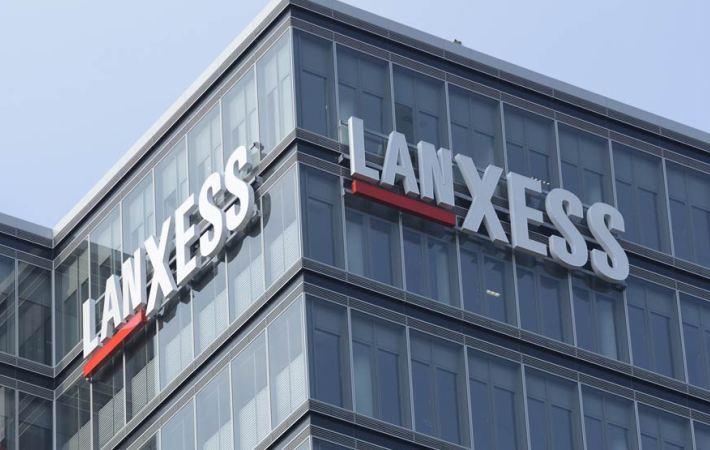Germany's leading specialty chemicals company, Lanxess, says that reverse osmosis elements of its Lewabrane brand and Lewatit ion exchange resins are now being used in wastewater treatment generated during bleaching and dyeing of fibres and fabrics in textile companies in Tiruppur region of Tamil Nadu, the centre of Indian cotton processing.
Germany's leading specialty chemicals company, Lanxess, says that reverse osmosis elements of its Lewabrane brand and Lewatit ion exchange resins are now being used in wastewater treatment generated during bleaching and dyeing of fibres and fabrics in textile companies in Tiruppur region of Tamil Nadu, the centre of Indian cotton processing.#
Hundreds of textile mills, in particular many cotton dyers located in Tiruppur, were discharging large volumes of effluent - often untreated - into the river Noyyal, which is an important source of drinking water for the whole region. Inorganic salts and organic substances from cellulose dyeing in particular contaminated the river water to such an extent that it became almost impossible to obtain unpolluted drinking water.
Germany's leading specialty chemicals company, Lanxess, says that reverse osmosis elements of its Lewabrane brand and Lewatit ion exchange resins are now being used in wastewater treatment generated during bleaching and dyeing of fibres and fabrics in textile companies in Tiruppur region of Tamil Nadu, the centre of Indian cotton processing.#
The wastewater situation changed when the responsible authority, the Tamil Nadu Pollution Control Board (TNPCB), developed a treatment process specifically for effluent from cotton dye works as part of a nationwide programme. In a Public Private Partnership, the Tamil Nadu Water Investment Company Limited (TWIC) began to implement a number of corresponding projects. As a result, dedicated treatment plants for large textile companies as well as joint plants for small and medium-sized dye works were built. For newly built factories, specially optimised production processes offer additional possibilities for reusing process water and avoiding effluent beyond end-of-pipe solutions. The treatment offers zero liquid discharge (ZLD), which is minimisation or complete avoidance of liquid waste.
Germany's leading specialty chemicals company, Lanxess, says that reverse osmosis elements of its Lewabrane brand and Lewatit ion exchange resins are now being used in wastewater treatment generated during bleaching and dyeing of fibres and fabrics in textile companies in Tiruppur region of Tamil Nadu, the centre of Indian cotton processing.#
In total, some 24,000 cubic metres of wastewater is currently being treated in the Tiruppur region every day with membrane elements and ion exchange resins from Lanxess. In a textile mill in Tiruppur, for example, 154 Lewabrane RO S400 HR-type membrane elements and 7,500 litres of the weakly acidic macro porous cation exchange resin Lewatit CNP 80 WS have been used to treat around 85 cubic metres of wastewater per hour since August 2016.
Germany's leading specialty chemicals company, Lanxess, says that reverse osmosis elements of its Lewabrane brand and Lewatit ion exchange resins are now being used in wastewater treatment generated during bleaching and dyeing of fibres and fabrics in textile companies in Tiruppur region of Tamil Nadu, the centre of Indian cotton processing.#
The multi-step end-of-pipe process begins with biological treatment, the separation of sludge and coarse filtration to remove the majority of organic constituents and dispersed particles such as fibres. Subsequently, the colour is removed from the filtrate by adsorption with the help of ion exchange resins and then softened. In the next step, through reverse osmosis, a colourless, low-salt permeate is formed, which contains less than one percent of the originally dissolved salts and no organic contaminants whatsoever. It can frequently be returned directly to the industrial process.
Fibre2Fashion News Desk – India
